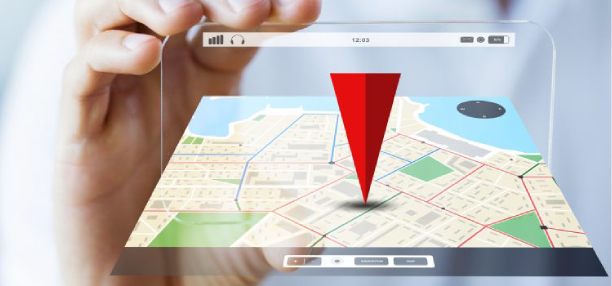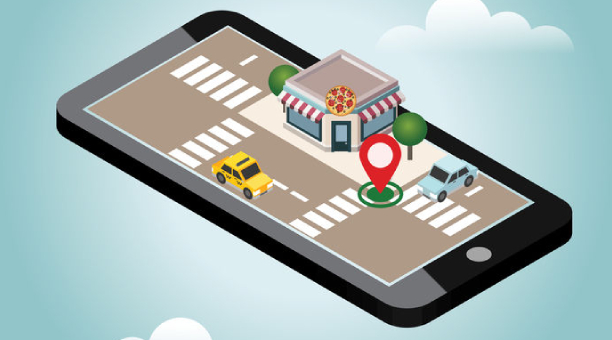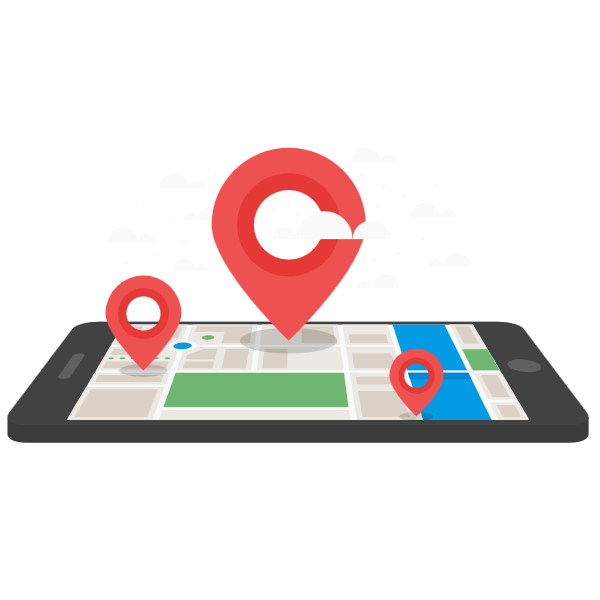Benefits of Geo Marketing
Geomarketing has been proven to help improve local search positioning. The Kissmetrics data cited earlier shows that half of all web users only do business with the top three search results. Thus, using marketing tools effectively can drive traffic, leads, and sales.
Geomarketing also helps you target mobile and social media users by using techniques like social check-ins to create more relevant offers.
In a nutshell, geomarketing makes it easy to engage your audience with quality, relevant content that’s hyper-targeted to where they are now. It can also help online and offline businesses cross-pollinate their offers, enticing mobile users to shop in-store and vice versa.
Know Your Audience
Like all marketing, it’s helpful to start by defining your audience.
You’ll be able to find how many of your visitors come from specific geographical areas via analytics software. In Google Analytics, you can navigate to Audience » Geo » Location to get an overview of the countries your visitors are from.
Combine this information with what you already know about your customers from your buyer personas, and you’ll know who you’re targeting and which location for your geomarketing strategy.

Focus on the Right Locations
When starting with geomarketing, focusing on the right locations is critical. As we saw, you can identify where your audience comes from as one way to do this.
However, you can also use what Fortune calls “focal clustering” to obtain even richer data on what audiences are looking at. This allows you to target marketing more precisely to their preferences and interests.
For example, if you know that a customer has visited a particular location multiple times, it’s a no-brainer to highlight a specific deal.
Set Goals
It’s also essential to figure out in advance what you’re hoping to achieve by geotargeting your marketing. Typical marketing goals related to local marketing include:
Getting more sales from a particular locality
Increasing brand awareness within a region
Successfully promoting a local or regional event to increase signups, subscriptions, or attendees
Getting more traffic from a certain geographical area
Improving lead generation from a town, city, or state
You can also target new customers, launch new products and services, or build a presence in a new market.

Optimize Content for Local Marketing
Next, ensure your website and content are set up for local marketing. This includes:
Using schema markup on relevant local business pages
Ensuring you have business listings on Google, Facebook and elsewhere
Optimizing your site for local SEO
This will make it easier to use a range of geolocation marketing methods, such as Facebook geotargeting or AdWords geotargeting.
You can also use this data to create local landing pages as destinations for consumers in particular areas. See our expert tips on landing page optimization for more guidance.
Time Your Geo Marketing Campaigns
When you have location data and start to see patterns, you can time campaigns at the right time to get your audience to take action. There’s no point in showing promos for breakfast deals when people have already eaten.
In contrast, if you know that certain users are in a specific area at lunchtime, that’s the perfect moment to tempt them with a discount lunch coupon.
Timing marketing campaigns makes them even more relevant, and relevance drives interest and sales.
Get Personal
Most marketers know about the benefits of personalized marketing by now. Research from Accenture shows that 75% of consumers are more likely to buy when offers are personalized based on their past actions. Contact us!


